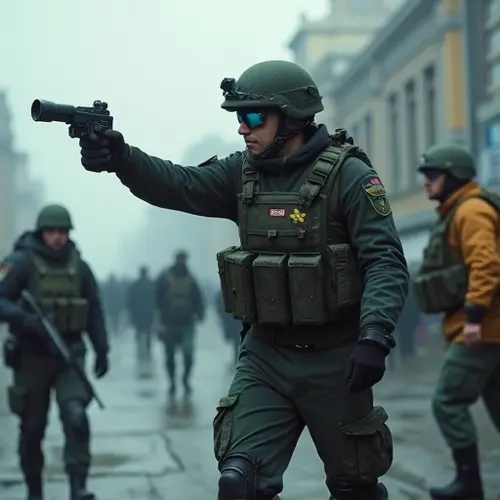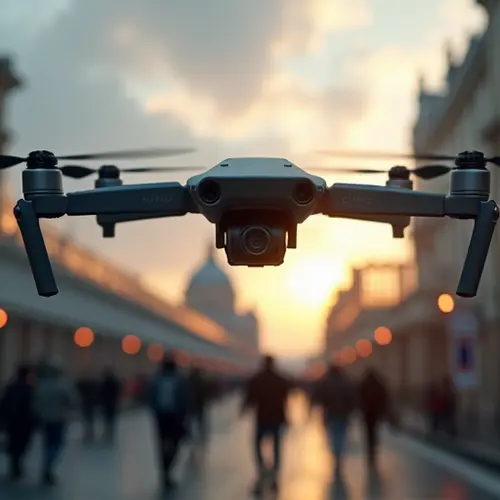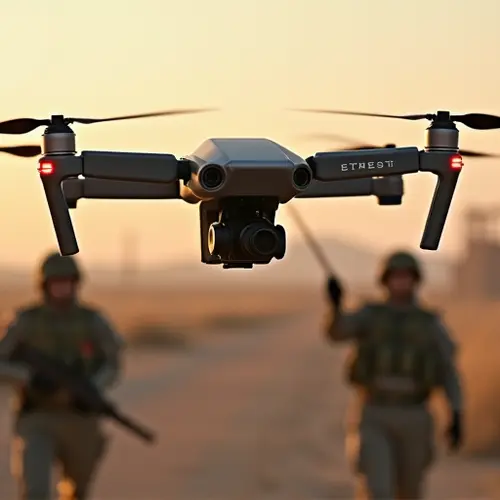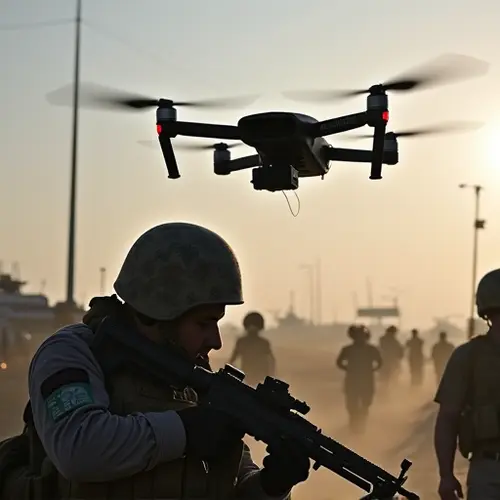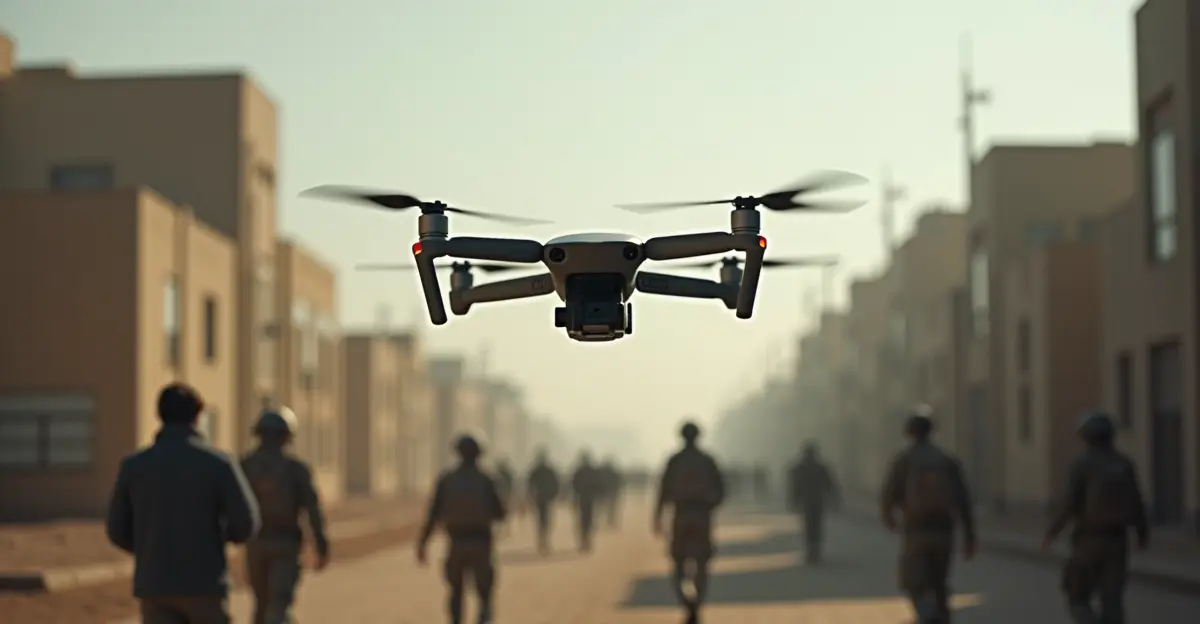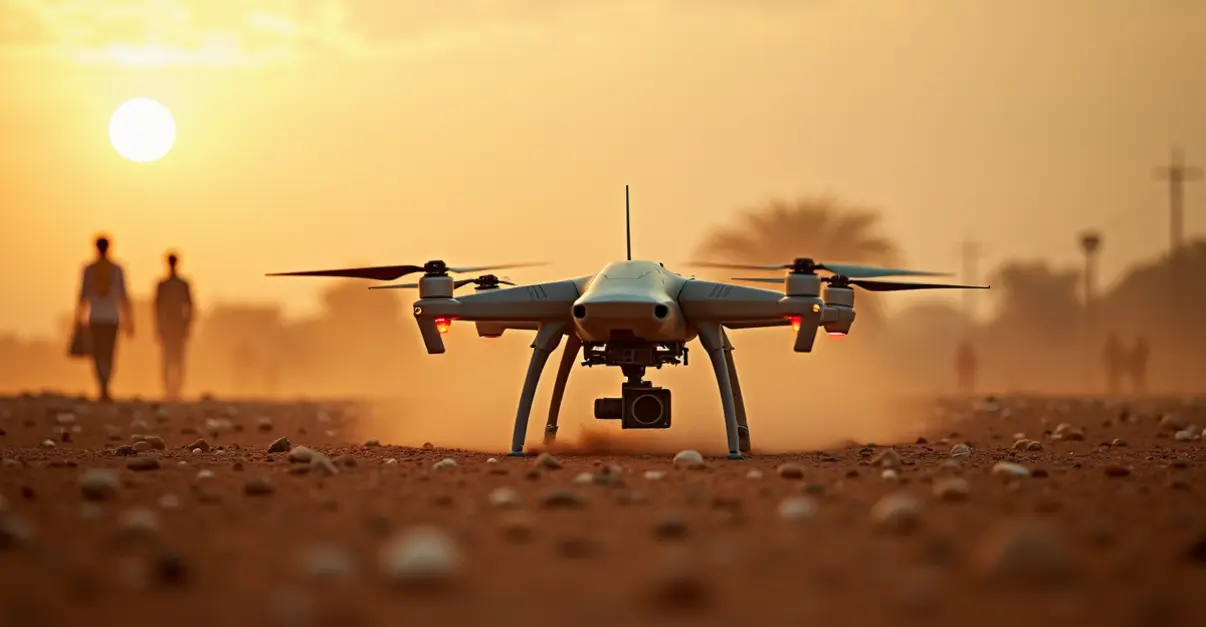Drones are transforming modern warfare in 2025, with AI enabling autonomous swarms that dominate battlefields. Key conflicts like Ukraine highlight their role in casualties and strategy, raising ethical and security concerns.
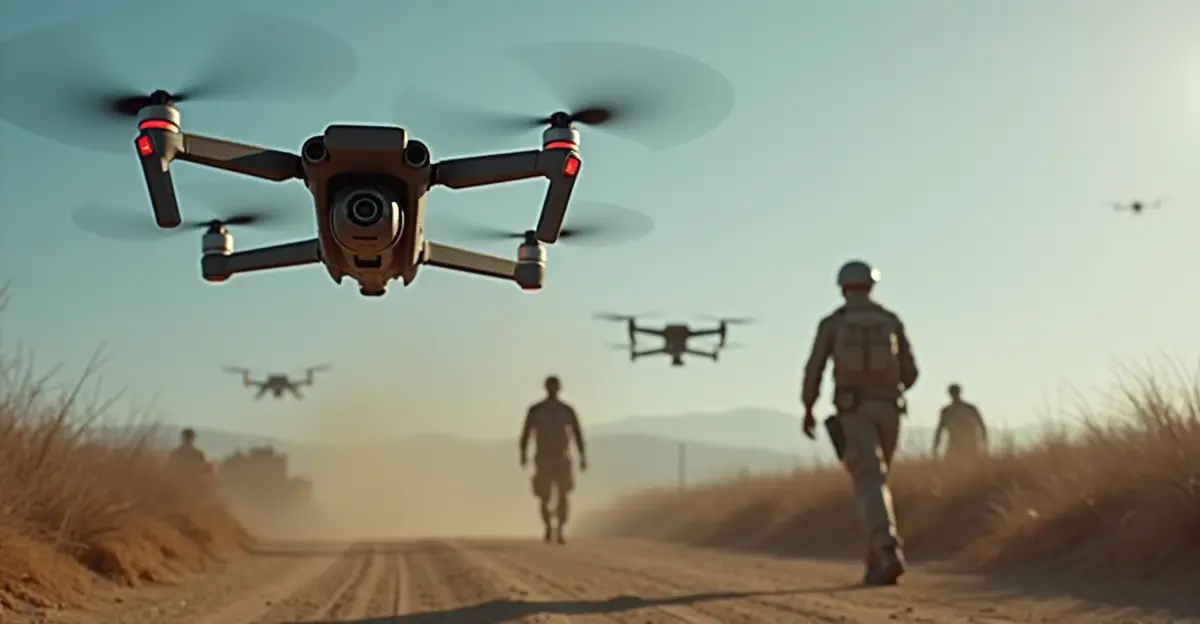
The Evolution of Drone Warfare
Drone warfare has evolved from a niche tool to a central element of modern conflicts, fundamentally altering how wars are fought. Initially used for reconnaissance in the 1990s, drones gained prominence after 9/11 for counterterrorism strikes. Today, they are pivotal in conflicts like the Russia-Ukraine war, where both sides deploy thousands of drones for surveillance, attacks, and logistics. According to experts, drones now account for 70-80% of battlefield casualties, highlighting their lethal impact. 'Drones are not just changing warfare; they are redefining it,' says Richard Shultz of Tufts University. The proliferation of cheap, commercial drones has democratized warfare, allowing smaller nations and non-state actors to challenge traditional military powers.
Key Developments in 2025
In 2025, drone technology is advancing rapidly with AI integration. Ukraine has established an Unmanned Systems Forces, aiming to deploy AI-enabled drone swarms that can operate autonomously. Similarly, Russia plans to produce millions of drones, emphasizing AI for target identification. These systems can coordinate attacks without human intervention, raising ethical concerns. 'We are at an Oppenheimer moment with autonomous weapons,' warns a military analyst. Recent battles, such as Ukraine's December 2024 attack using only drones, mark a shift toward fully autonomous operations. Sources like Tufts University report that drones are creating 'kill zones' where human soldiers are increasingly absent.
Implications for Global Security
The rise of drone warfare poses challenges for international security. Defenses against drone swarms are struggling to keep pace, with traditional systems overwhelmed by numbers and agility. Countries are investing in countermeasures like lasers and jamming technologies, but the cost-effectiveness of drones makes them attractive for asymmetric warfare. 'The battlefield of the future will be dominated by machines,' predicts a defense expert. This trend could lead to arms races, as seen in the US Replicator program, which aims to deploy thousands of autonomous systems. Ethical debates intensify over accountability for AI-driven strikes, with calls for global regulations.
Future Outlook
Looking ahead, drone warfare is set to become more autonomous and integrated with other technologies like electronic warfare. The Ukraine conflict serves as a laboratory, driving innovation in real-time. As drones reduce human risk, they also lower the threshold for conflict, potentially leading to more frequent wars. However, human oversight remains crucial to prevent unintended escalations. For more details, refer to West Point's analysis.

 Nederlands
Nederlands
 English
English
 Français
Français
 Deutsch
Deutsch
 Español
Español
 Português
Português




